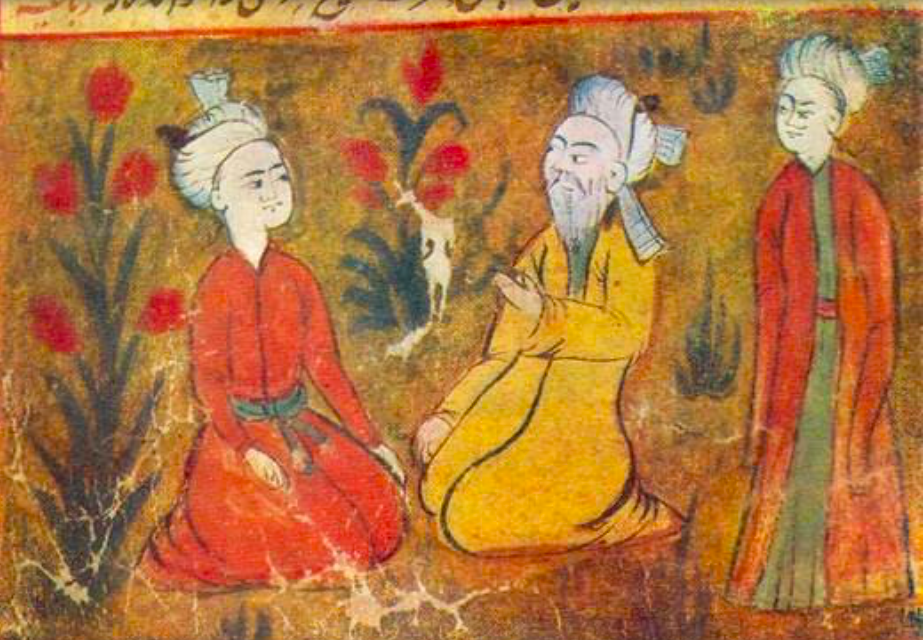Urdu: How women are put ‘in their rightful place’ by calling a Naari an Aurat


From a very early age, our generation and the one before us was programmed to believe that Urdu is the language of sophistication, charm and seduction. Our daily conversations are littered with words from Urdu, which being an amalgam of various other languages hailing from the lands of invaders to India, carries words from Turkish, Arabic, Persian and other middle eastern dialects. It is common knowledge that the representation of these words does not contain itself merely to vocabulary, but is invasive to the mindset and thought process. Every word one utters has an impact on them as well as the person they address. This happens not only when one is aware of the literal meaning of that word, but also when they utter It without knowing what it means. Let us take the example of a very widely used word for females, which is Aurat. Despite having several attractive Hindi and Sanskrit words for women, many still use the word Aurat when talking about women. This word has a background in Arabic language, and interestingly, it is not used in Arabic to address women. In the Quran, the famous chapter on women is not called Aurat, it is called Al Nisa. Arabic language has words like Nisa, and Amrah for women. In Perian, which is another massive lender to Urdu language, women are called Zan or Bano. Turkish, one of the favourite languages of Aamir Khan, uses words like Kadin and Khanim. The etymology of the Hindi word “Aurat” औरत, commonly used in India to refer to “woman”, came into use in India in the 16th century due to the introduction of Urdu words into the Hindi vocabulary. It was introduced to Khariboli or Old Hindi around that time, and was then used in the poetry and prose of revered Persian / Urdu writers and poets, like Amir Khusro. In fact, the very first instances where the word was seen being used frequently is through Khusro’s concept of Riddles called DoSukhne, two questions having the same answer with a pun.
If we take a look at the Etymology of the word Aurat, we will realise why being called an Aurat should be offensive to all Naris. In Arabic, the term ‘awrah or ‘awrat’ derives from the root ‘a-w-r which means “defectiveness”, “imperfection”, “blemish” or “weakness”. However, the most common English translation is “nakedness”.
In Persian and Kurdish as well as Urdu, the word ‘awrat’ derived from the Arabic ‘awrah, had been used widely to mean “woman”. Consulting Mohammad Moin’s dictionary of Persian, ‘awrah leads to two significations:
Nakedness
Young woman
Imagine having the same word denoted to nakedness and young women. This warped concept has equivalence to there being the same prayer in Islam for when a new animal or a new bride / slave girl is brought into the house. Both are supposed to have the same utility and place in a household, that of being a keep for hard labour and satisfying carnal needs.
Other derivatives range in meaning from blind in one eye, false or artificial, etc. Here once again we can identify the connection to Islam, as females are considered half witted, can only be half of a witness, and are given quarter of what their brothers receive as inheritance. Traditionally the word awrat, alongside the word za’ifeh (which derives from Arabic ḍa’īf or Zaeef, meaning weak) has been associated with femininity and women who lived under the protection of a man. Urdu is the language of Muslims, who are always eager to use hidden meanings and insinuation to ‘mark’ the real standing of people in their own hierarchy. Since they consider women as nothing more than a vessel, they have put a label on them accordingly. Hindus on the other hand, have been programmed to lap up this narrative in the name of Ganga Jamuna and sophistication.
DISCLAIMER: The author is solely responsible for the views expressed in this article. The author carries the responsibility for citing and/or licensing of images utilized within the text.
